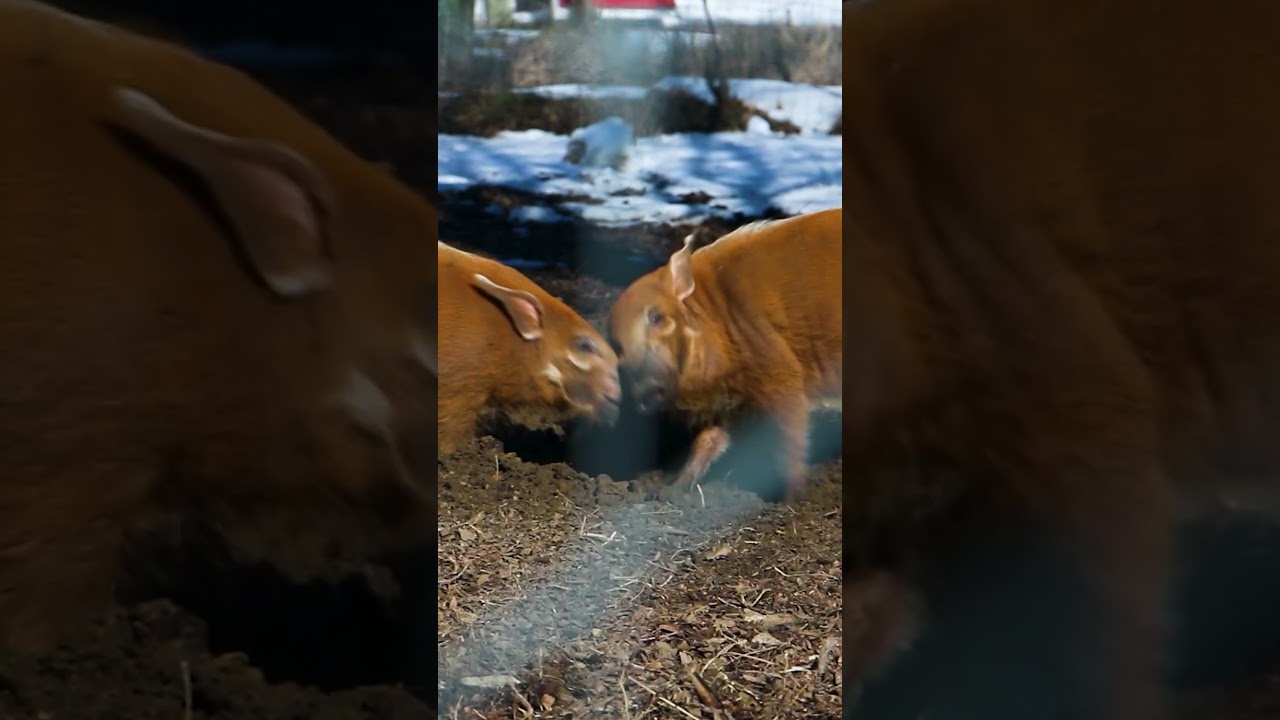– Exploring the Social Dynamics of Play Among River Hogs
– Understanding How Animals Claim and Share Resources Like Mud Holes
– The Vital Role of Play in the Health and Development of Young Wildlife
Have you ever watched with amusement as children bicker over toys, only to find that the coveted item becomes instantly desirable once it’s in someone else’s hands? This seemingly universal principle of “wanting what others have” isn’t just limited to human playgrounds. The animal kingdom is full of these fascinating dynamics, particularly amongst sibling species like the river hog, whose playful antics are entertaining and enlightening.
Imagine you’re strolling past a lively zoo exhibit on a sunny day. Your attention is captured by a commotion from the river hog enclosure, where a group of youthful hogs is frolicking in a beloved mud hole. It’s not just a chaotic free-for-all; a complex social interaction unfolding tells us much about animal behavior.
At first glance, a mud hole might seem like a simple patch of wet earth, but it’s a pivotal resource to these animals. Mud provides protection from the sun, a reprieve from parasites, and an arena for play. It’s not only about cooling off or taking a spa day; it’s about claiming a spot in the social hierarchy.
As the young river hogs vie for a place in the mud, we witness a playful yet serious negotiation of status. The “It’s MY Mud Hole!” sentiment is more than a whimsical declaration—it’s about asserting dominance, albeit in a non-aggressive manner. The largest sibling often gets first dibs, towering over the mud hole like a mud-splattered monarch. However, river hog society is not without its diplomacy. As they grow and learn, these siblings will take turns, reinforcing group cohesion.
This jovial jostling is crucial in their development; it’s not just recreation but education. Through play, young river hogs hone their social skills, learning the balance between competition and cooperation, dominance and submission. These early life lessons shape their integration into the broader hog society, dictating their future interactions.
While we marvel at their muddy escapades, scientists see an opportunity to delve deeper into the nuances of animal learning and development. Play, it turns out, is an intrinsic part of many animals’ lives, vital for both physical prowess and psychological well-being. The mud hole antics we observe are chapters in a larger story of survival, adaptability, and community.
So why does play matter? Simply put, it’s a simulation of these creatures’ real-world challenges. Every pounce, shove, and tumble is a rehearsal for evading predators, competing for food, or vying for a mate. In every burst of energy, there’s a lesson being absorbed that will prove invaluable for the trials of the wild.
Moreover, the seemingly chaotic nature of play is deceptive. What you’re witnessing is a dance of instinct and learning, where each move is spontaneous and somehow calculated, an outcome of millions of years of evolutionary refinement. Animals, including river hogs, are not instinctual robots; they adapt, improvise, and learn.
In the broader ecosystem, the mud hole represents a microhabitat, a specialized environment that supports a surprising diversity of life. What could easily be dismissed as a mud puddle is teeming with organisms, from microscopic bacteria to insects and plants, each playing a role in a delicate ecological web.
*****
Source Description
This is a classic case of “they’re playing in the mud hole, so I want to play in the mud hole” among the river hog siblings.


